

Regional news
Crystallography in South Africa
![[Omondi]](https://www.iucr.org/__data/assets/image/0011/4124/240BernardOmondi.tif.gif) Bernard Omondi came to South Africa from Kenya. He has been doing his PhD at the U. of the Witwatersrand for the past four years and has now graduated. I would like to thank the IUCr for the support that they have given him in this time. As far as I know he is the first, if not the only, PhD student to benefit from the IUCr Africa program to date, a program that was initiated by Jan Boeyens during his time on the IUCr Executive Committee together with Henk Schenk.During the course of his MSc and PhD research projects Bernard has published a number of papers in Acta Cryst. and other journals, with several more articles to come. He has been a great inspiration to young African scientists and I have no doubt that he will continue his leadership and mentoring role during his post-doctoral fellowship at the U. of Johannesburg and beyond.
Bernard Omondi came to South Africa from Kenya. He has been doing his PhD at the U. of the Witwatersrand for the past four years and has now graduated. I would like to thank the IUCr for the support that they have given him in this time. As far as I know he is the first, if not the only, PhD student to benefit from the IUCr Africa program to date, a program that was initiated by Jan Boeyens during his time on the IUCr Executive Committee together with Henk Schenk.During the course of his MSc and PhD research projects Bernard has published a number of papers in Acta Cryst. and other journals, with several more articles to come. He has been a great inspiration to young African scientists and I have no doubt that he will continue his leadership and mentoring role during his post-doctoral fellowship at the U. of Johannesburg and beyond.
In 1996 Jan Boeyens (U. of Witwatersrand, Johannesburg, South Africa) joined the Executive Committee (EC) of the IUCr and proposed that a crystallographic network should be set up in the southern part of Africa and he offered to be the coordinator. The EC and the IUCr agreed with this proposal and decided to provide financial sponsorship to the Africa Initiative in Crystallography (AICr). Jan was given a free hand to implement the procedure in the most productive way possible. He started things off by establishing the African Affiliated Centre (AAC) for the use of the Cambridge Structural Database (CSD) in Africa and, secondly, arranged that an excellent and active experimental facility could be set up at the U. of Nairobi, Kenya. This first activity, the AAC of the CSD, was sponsored by the Cambridge Crystallographic Data Centre (CCDC), the South African National Research Foundation (NRF) and the IUCr. Groups from all over Africa have free access to the database through the Centre. The other achievement was the UNESCO-sponsored transfer of a generator and single-crystal XRD cameras from the CCDC to Nairobi, where it is now working well. The CCDC is delighted that the instrument, which was no longer being used by the CCDC, has found a new life for primary research activities in Africa (Africa, with its many unknown natural products, is an ideal destination). After the successful installation of the single-crystal facility in Nairobi, there was a strong scientific reason to extend the facility with powder diffraction equipment. A Debye-Scherrer powder XRD camera was donated by the U. of the Witwatersrand, and installed by the local technician in Nairobi with the assistance of Jan Boeyens and Robert Bogadi (an MSc student from the U. of the Witwatersrand). This initiative has been strongly supported by crystallographers in South Africa, and has included staff training programs for lecturers from Kenya, Zambia, Lesotho, Nigeria and Zimbabwe (hosted by the South African Universities named above). In Nancy, France, August 2000, the EC of the IUCr evaluated the results very positively and also reviewed possible extensions of the program. The EC decided to ask Jan to continue the program and to concentrate within the AICr on three major projects: AAC. The already very well established AAC of the CSD is a success and should continue. It is a great advantage that the African scientific world has access to the 3D structural data (especially the most recent) of molecules and crystals. This will enable 3D atomic and molecular studies of high quality to be made. CrEA: Crystallographic Equipment in Africa. The successful set-up in Nairobi should have a follow-up in other countries in Africa. APPCr: the African Post-Graduate Program in Crystallography. As a matter of course the Africa Initiative should have a firm knowledge base. Therefore the EC agreed to establish a post-graduate program in crystallography to ensure that this knowledge base continued to grow and be an important part of capacity building in southern African countries.
It is for the latter program that we now seek ICSU support. No science network will be successful without a knowledge base. In general, knowledge is concentrated in people working in universities. Therefore if we want a strong crystallographic network in Africa we should concentrate on the knowledge of people. The PhD-programme will enable capacity building in crystallography by sponsoring PhD positions for promising students from countries in southern Africa. These positions will be in collaborating Universities in South Africa. On completion of their studies, the students will return to their home countries as graduates. This will strengthen the AICr-network in two ways: more knowledgeable scientists, and, equally important, scientists who have good scientific connections in a country with a well established crystallographic community. The South African crystallographic groups are very enthusiastic about this program and happy to cooperate. The IUCr EC are committed to providing up to USD 30,000 over a five-year period to support two PhD students and are convinced that with additional financial support a lively and sizeable postgraduate program can be established.


